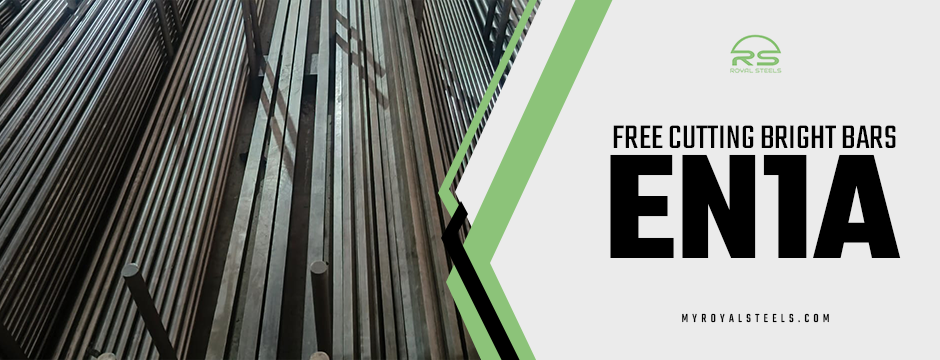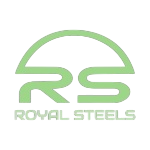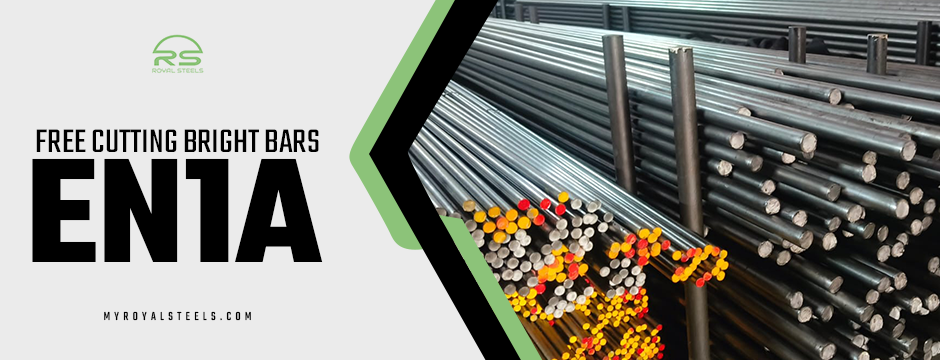Cutting Bright Bars EN1A are used in multiple industries for their machinability, finish, and reliability. It is made from low-carbon steel, then treated to achieve a shiny, smooth finish and dimensional tolerances. Their strength lies in their formability, machinability, and ease of use with automatic lathes and CNC machines.
Despite their widespread use, there are numerous misconceptions surrounding EN1A Bright Bars. Whether it’s myths about their durability, corrosion resistance, or welding capabilities, misinformation can lead buyers to make poor material choices. These misunderstandings can result in compromised performance, unexpected costs, and inefficiencies in production processes. In this blog, we’ll address and debunk the most common myths surrounding Free Cutting Bright Bars EN1A.
EN1A Bright Bars Are Weak and Sensitive
The general misconception regarding low-carbon steels like EN1A is that they are weak. However, while it is very true that EN1A is not for heavy-load structural applications, it is certainly not weak. These bars are made specifically for excellent machinability, not brute force. EN1A performs very reliably under high-speed machining conditions in which consistency and dimensional accuracy outweigh the need for integral tensile strength. However, for strength and machinability, there are other more balanced alternatives like EN1A Leaded (EN1A L).
EN1A Do not Support Welding
One of the most common preconceptions. EN1A steel indeed has very little weldability when compared to other steels because of the high sulfur content present in the steel. However, if one uses proper techniques, it is possible to weld it. Some of these are specialised low-hydrogen electrodes and pre-treatment before welding. However, EN3B or EN8 would be best as far as applications are concerned. All premised on the fact that the right materials should be used as per job requirements, since EN1A requires proper treatment if welding has to be done.
EN1A Bright Bars are Rusting Only: Fiction:
Free Cutting Bright Bars EN1A, like all carbon steels, are prone to rust when allowed to remain in humid or corrosive conditions. Nevertheless, it would be inaccurate to say that they readily rust. With proper handling, maintenance, and with applications of a protective coat like an oil bath, phosphate coating, a galvanised layer, and anodization drastically increase the life span. When they operate in a controlled environment, no corrosive reaction takes place. That is, while being exposed to humid conditions along with a variety of other factors.
Bright Bars With Free-Machining Power Do Not Support High Volume Production

On the contrary, the EN1A label is of high frequency. With excellent machining characteristics available, improved machining speed, together with less tool wear and less unproductive time, is achievable. It is natural to be the preferred choice for large batches/production in the automotive, electronic, and general engineering realms. If you put such a lot of emphasis on speed and consistency, then staying true to EN1A Bright Bars is a big bonus, not a mistake.
EN1A Bright Bars are all the Same
Neither are all EN1A Bright Bars alike. The quality can differ based on the method of the consumer, the raw material selection, and the post-processing treatment. Inferior suppliers pose a puzzle for the correct dimensions or finishing of the surface, or the performance of the mechanics. Always consult the certified suppliers for the industry standards concerning themselves with the high-grade property material of fairly reliable attributes.
EN1A L (Leaded) and EN1A Are The Same
EN1A L & EN1A are similar in composition; the addition of lead to the EN1A L improves machinability. It is designed for high-speed operations, and there are minimal differences in surface hardness and tool wear. It cannot be directly substituted in environments where lead is prohibited due to environmental or safety regulations. Check the project specifications before swapping one in place of the other.
Bright Bars Are Overpriced Compared to Black Bars
EN1A are indeed more expensive than untreated black bars-and for good reason. You are paying for added accuracy, improved surface finish, and much better dimensional control. All of these features equate to less machining time and less wastage of material; hence, it becomes cheaper in the long run. For applications in which a good finish and tight tolerances are necessary, investment in Bright Bars is justified and is, in fact, often the more economical choice.
Wrapping Up
Understanding the true properties of Free Cutting Bright Bars EN1A can save you time, money, and production headaches. These bars offer unmatched performance for automated machining, precision components, and high-volume manufacturing. Apart from myths, the reality is that EN1A remains a top choice for a wide array of industries.
For the premium-grade EN1A Bright Bars made with reliable quality, precision engineering, and timely delivery, trust Royal Steels. With years of experience and a commitment to excellence, we provide industrial-grade bright bars tailored to your exact requirements. Choose us—where quality meets precision.

